60 Years of Peugeot 404
In order to inherit the very successful middle class series 403, Peugeot started development work in 1957. In addition to the classic saloon, Pininfarina also designed a station wagon called Break, a Pickup, a Coupé and a Cabriolet. The latter two were produced in Turin at the assembly line of Pininfarina. After the sedan/saloon appeared on the market in 1960, Break and Cabriolet followed in 1962, the Coupé in 1963 and the Pickup finally in 1967. There were also special bodies for ambulances, police vehicles, tow trucks or taxis available. In the beginnings, the stainless steel bumpers of all variants showed small horns, later on, larger and larger rubber inserts were used. As Peugeot wanted to offer the best possible driving performance combined with the best possible comfort, the center of gravity was lowered by a motor inclined at 45 degrees. Gasoline engines with 1.5 and 1.6 liters displacement as well as a 1.9 liter diesel engine were available. This made the company one of the absolute pioneers of diesel engines in passenger cars alongside Mercedes-Benz. The driver could operate the manual four-speed transmission via a gearshifter at the steering column. Alternatively, from 1966, a three-speed automatic transmission was available for some equipment variants.
Over the years, various smaller and larger modifications to the body and the interior were made. For example, the shape of the ventilation nozzles and the speedometer, originally designed as a band instead of a round instrument, were changed. After a total of 17,223 units, production of 404 Coupé and 404 Cabriolet ended in October 1968. Today, the globally well-connected club only knows of 2,371 units, which corresponds to 13.8 percent. From 1969 onwards, all saloons and Breaks with petrol engines finally had disc brakes on the front axle as standard. At the same time, Peugeot launched the 504, which was actually planned as the successor model, in parallel. Until 1975, further examples of the 404 sedan and 404 Break were produced in Sochaux, France. A total of 1,847,568 units rolled off the production line there.
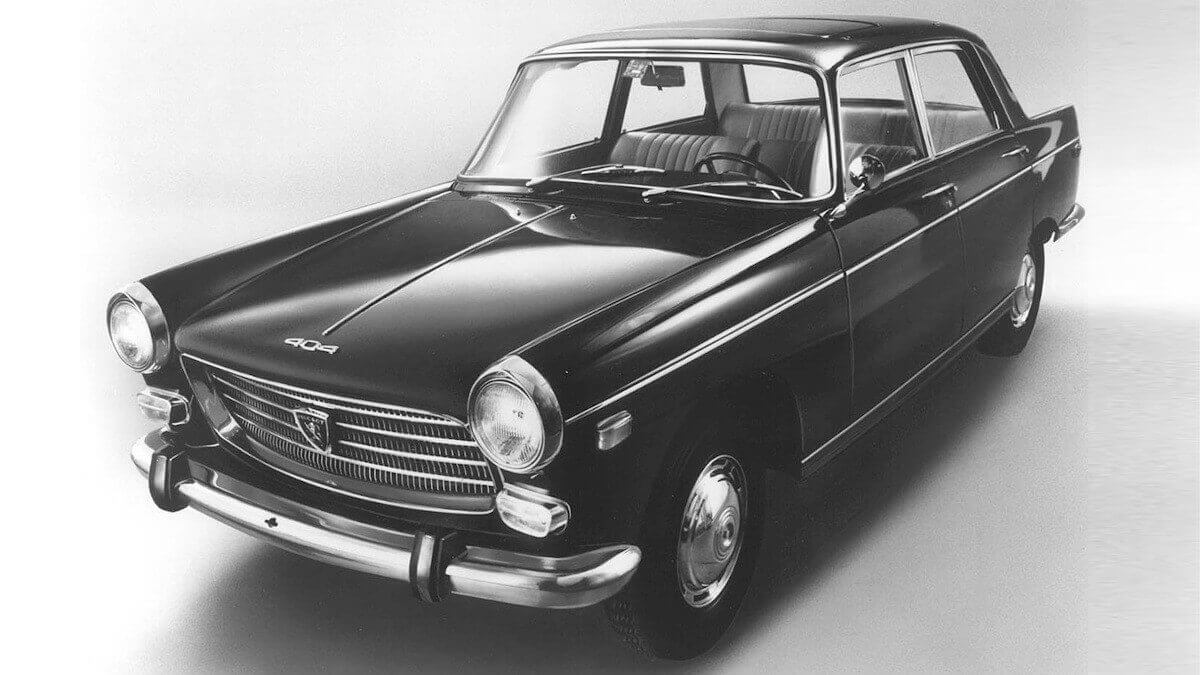



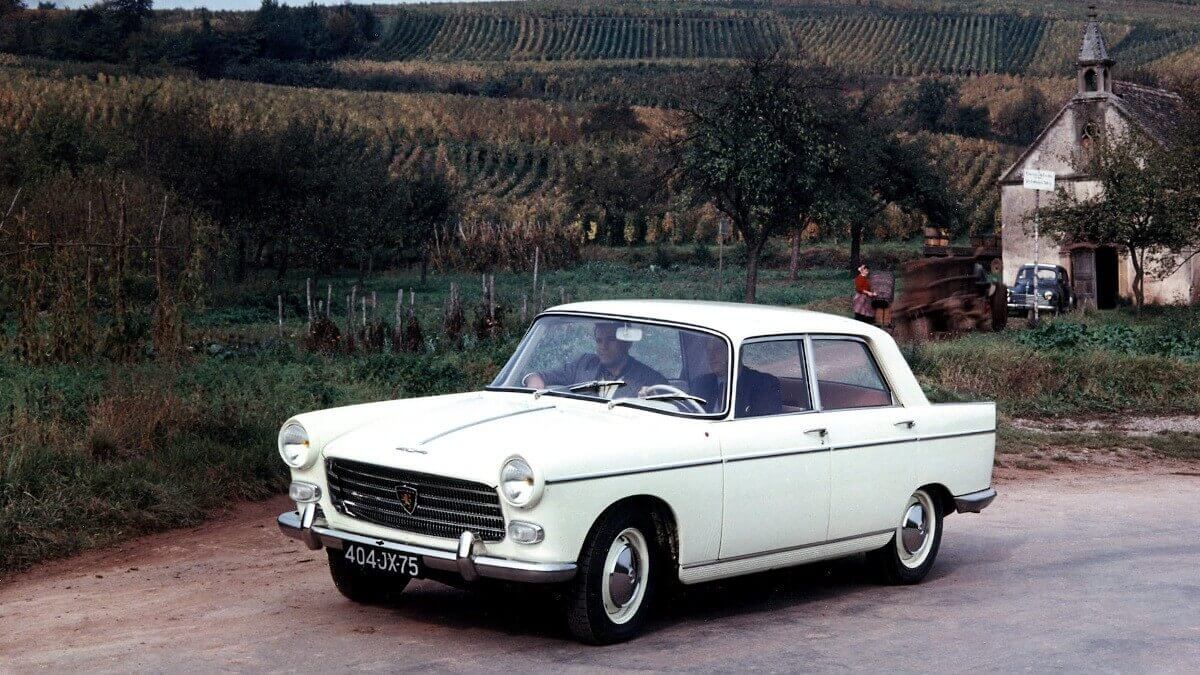



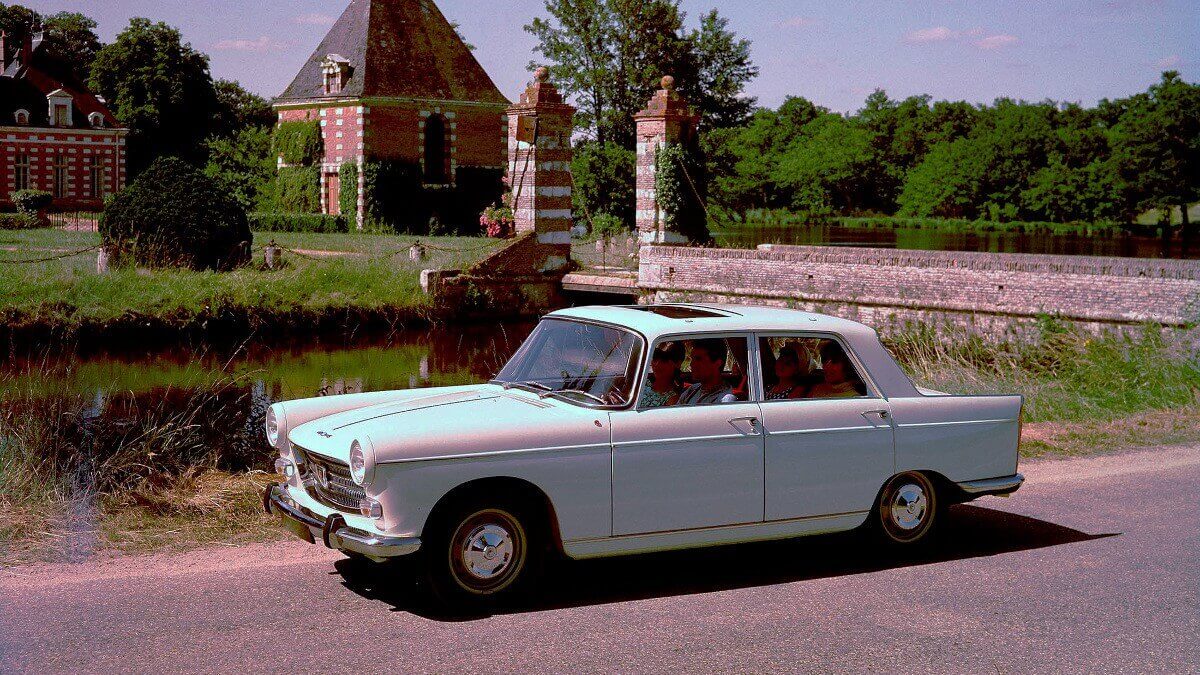



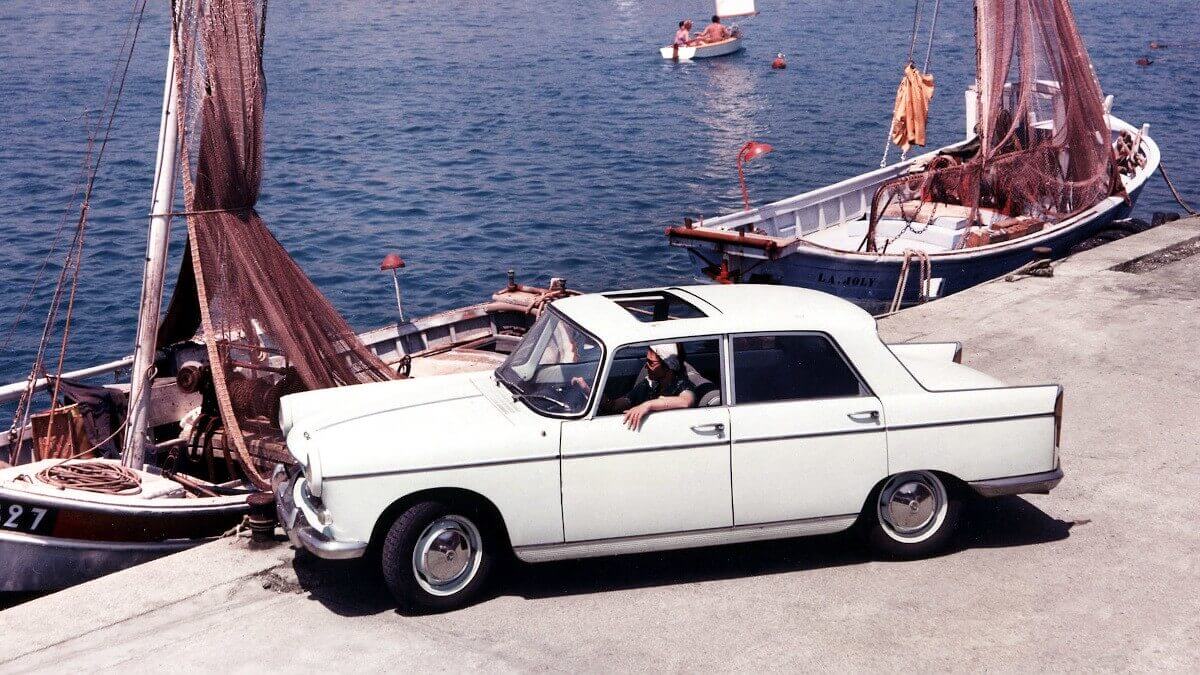



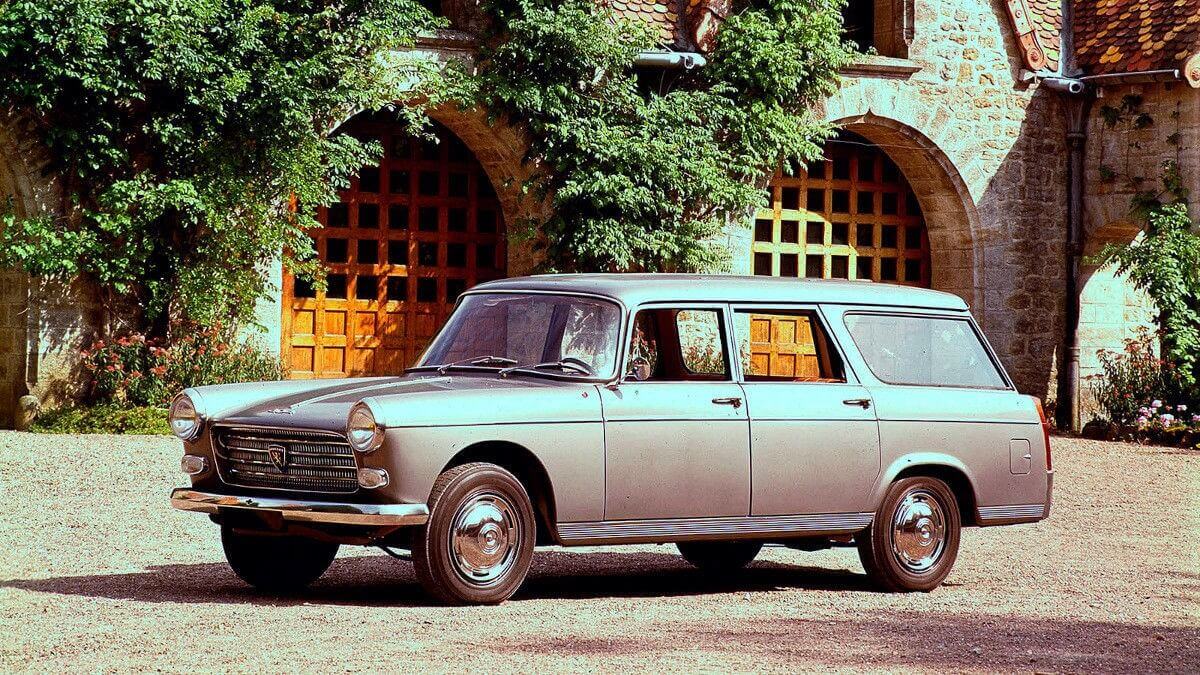



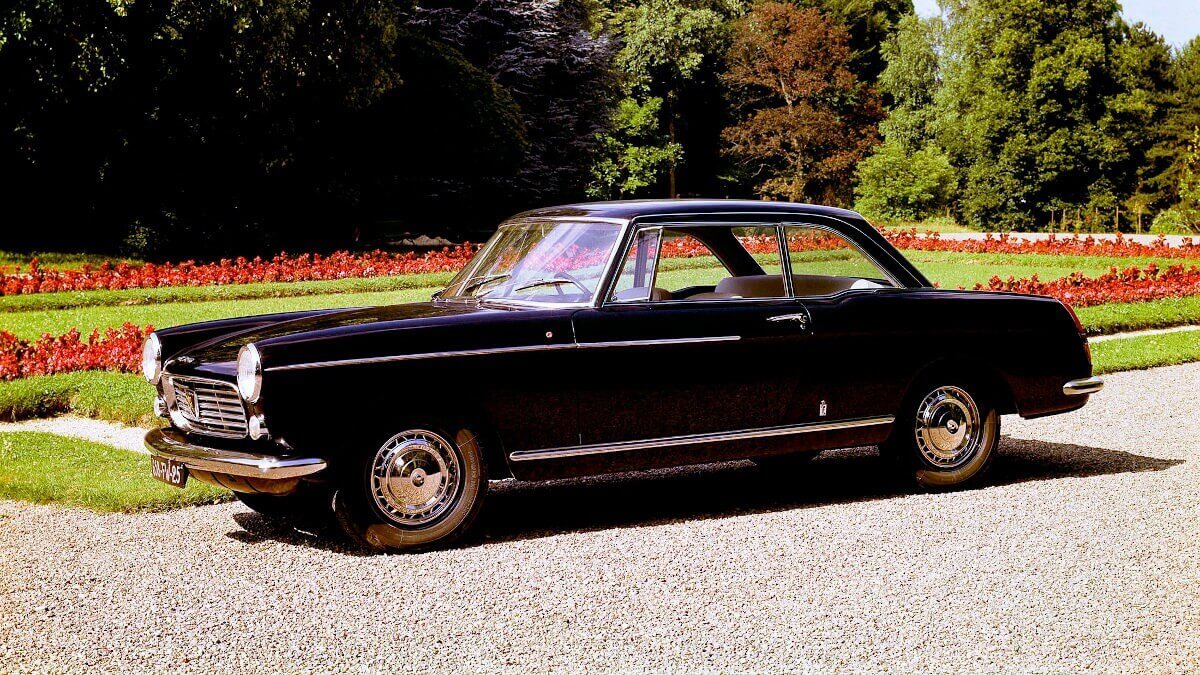



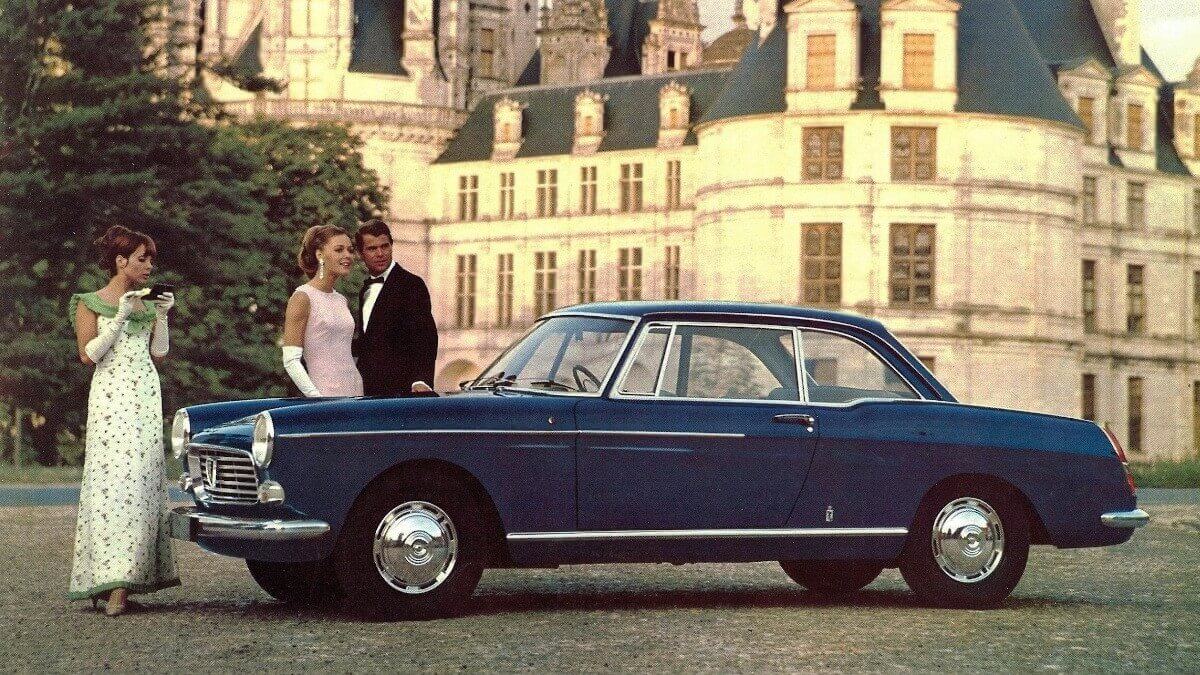



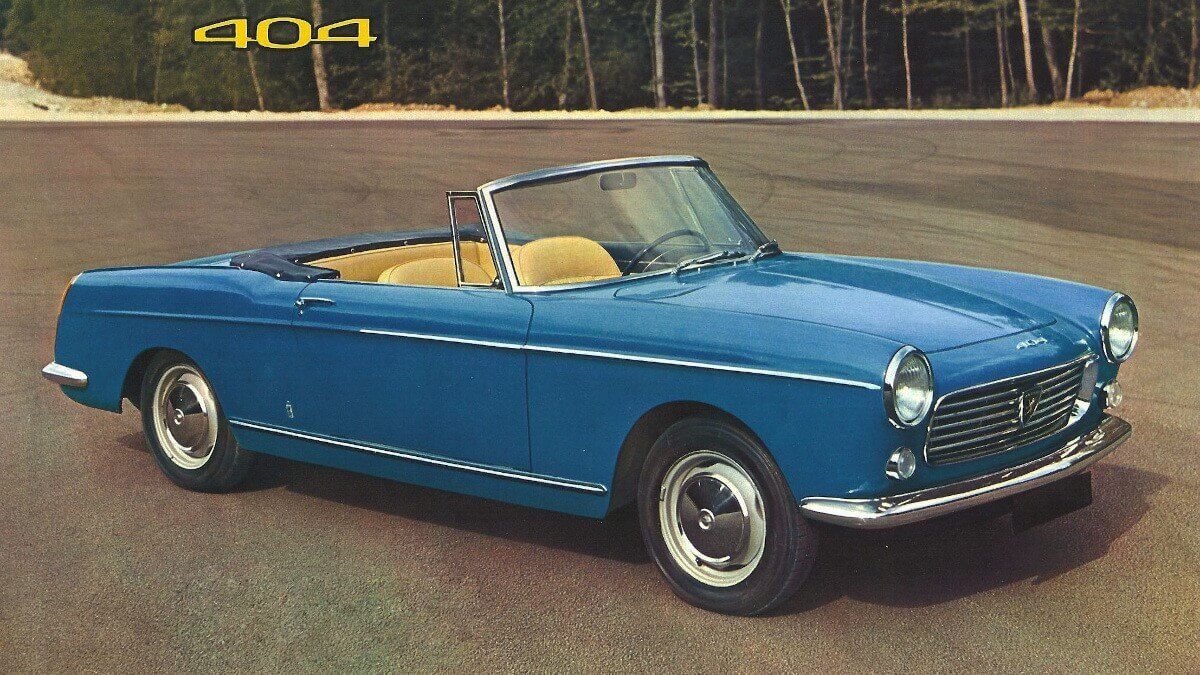



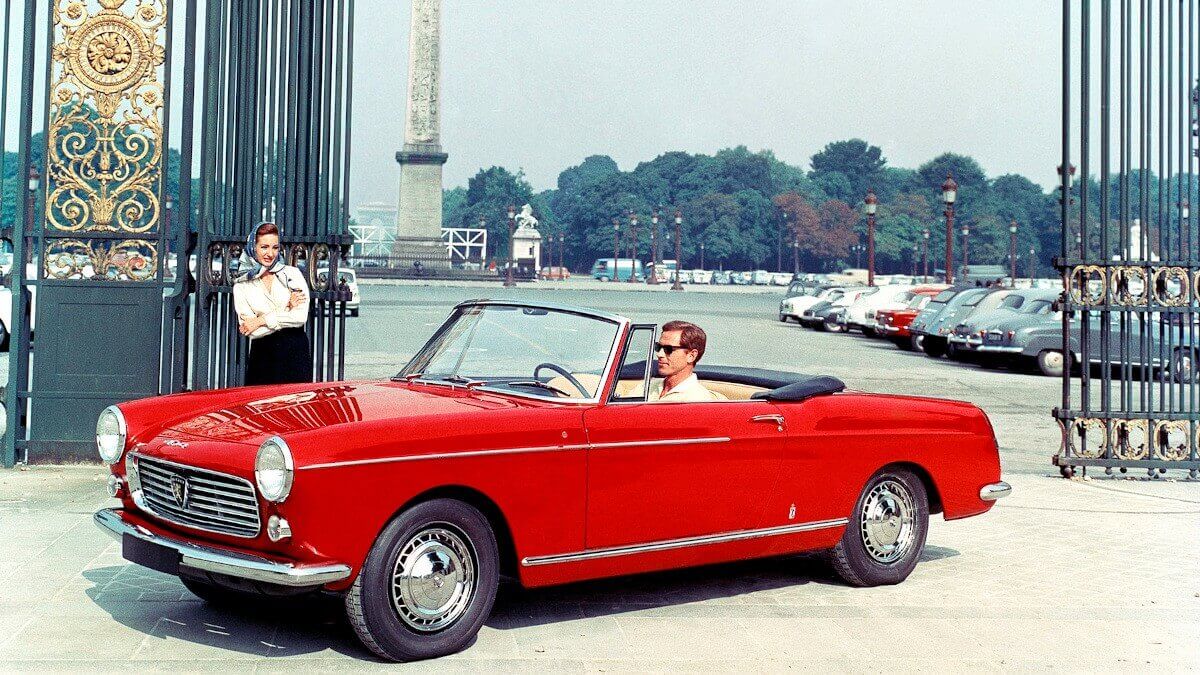



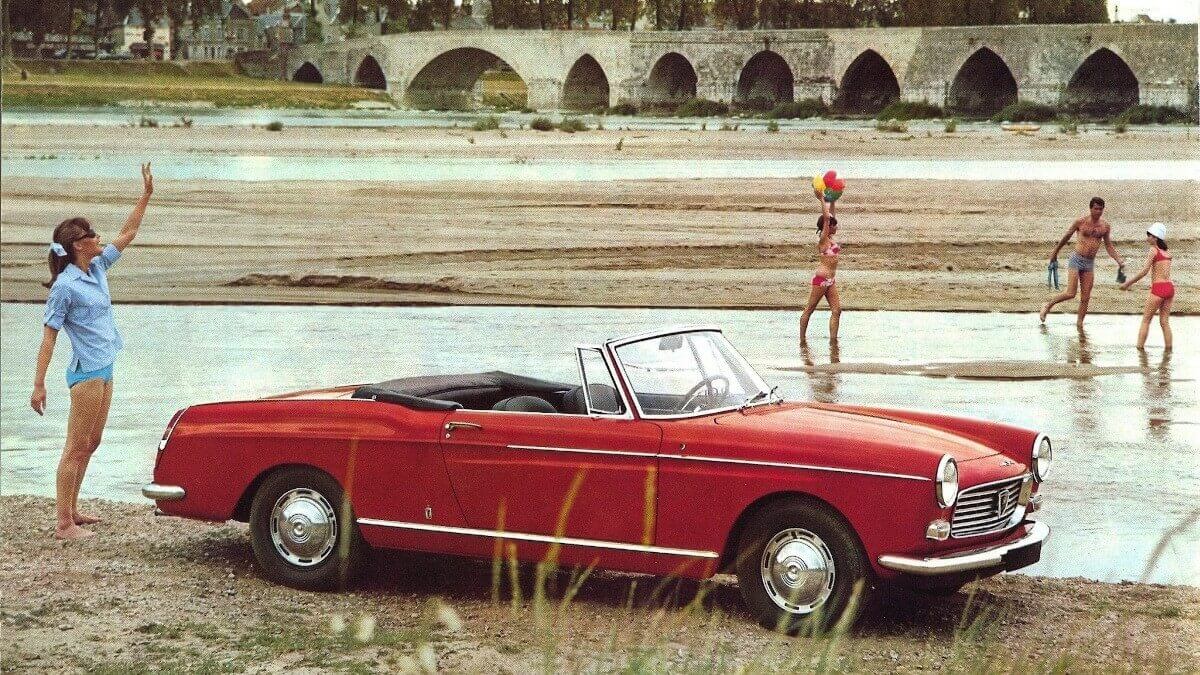



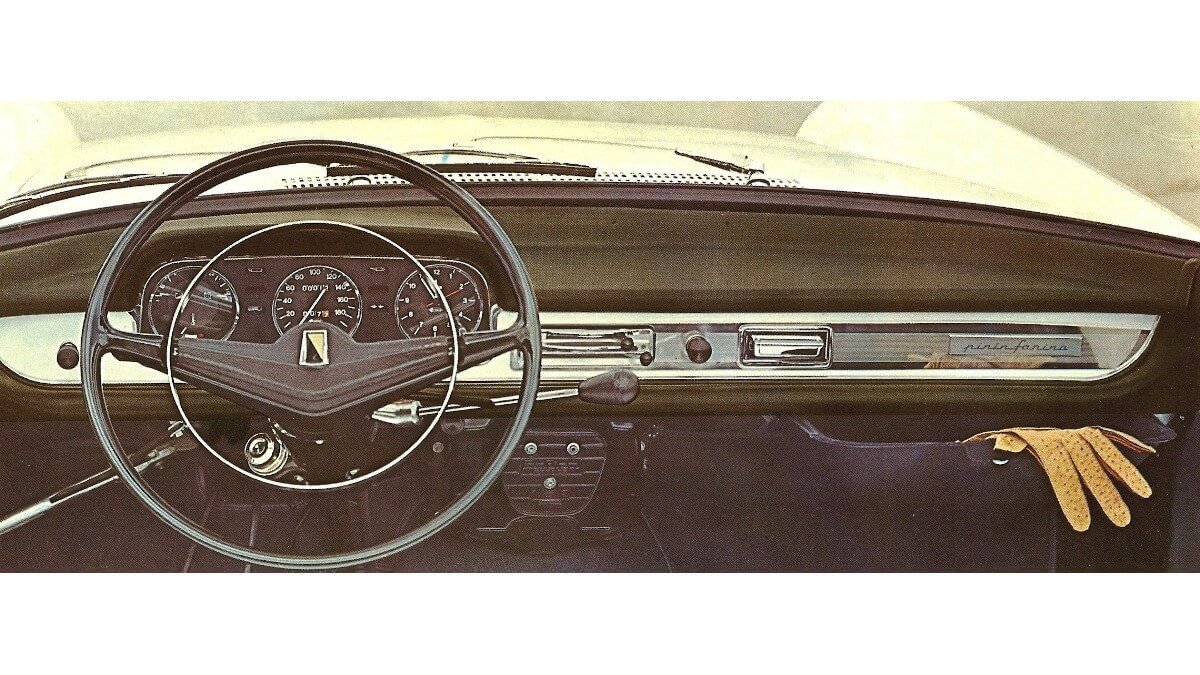



However, the 404 wasn’t a purely French story for Peugeot. Not only the two-door versions, which were built in Italy, showed a certain degree of internationality. In Canada and Australia, for example, vehicles rolled off the assembly lines in plants that Peugeot shared with Renault. There were also more or less large production runs in Argentina, Chile, Uruguay, Peru, New Zealand, Malaysia, Belgium, Portugal, Ireland, Kenya, Madagascar, Rhodesia, Nigeria and South Africa. In the South American countries, especially in Argentina, production continued until 1978. It wasn’t until ten years later that the construction of the 404 Pickup was stopped in Kenya, and finally in 1989 that of the 404 sedan as well. In this way, the total number of all Peugeot 404s built rose to 2,885,374 units. Taxi versions and the Pickup are still typical vehicles on the streets of northern and western Africa today. The vehicles of this model series acquired their legendary reputation there, among other things, through four overall victories at the Safari Rally in Kenya in 1963, 1966, 1967 and 1968.
Images: Peugeot




